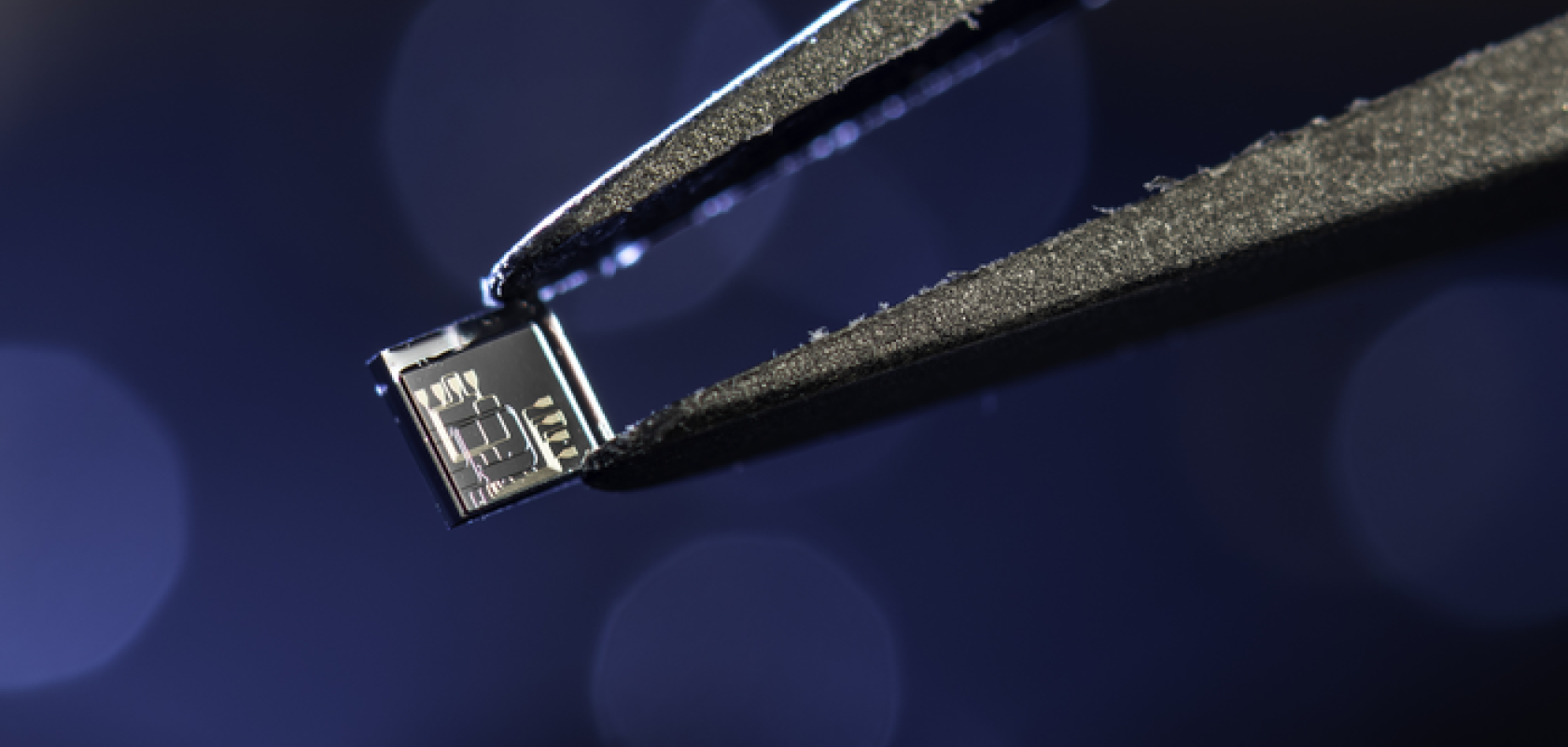University of Rochester researchers in the US have packaged a way of amplifying interferometric signals using inverse weak value amplification - without increase in extraneous input or 'noise' - on an integrated photonic chip.
By merging two or more sources of light, interferometers create interference patterns that can provide remarkably detailed information about everything they illuminate, from a tiny flaw on a mirror, to the dispersion of pollutants in the atmosphere, to gravitational patterns in far reaches of the Universe.
Now, Meiting Song, a PhD student, has packaged an experimental way of amplifying interferometric signals - without noise - on a 2mm by 2mm integrated photonic chip.
The research, described in Nature Communications, is based on a theory of weak value amplification with waveguides that was developed by Andrew Jordan, a professor of physics at Rochester, and students in his lab.
Jordan and his group have been studying weak value amplification for over a decade. They have applied mode analysis in a novel way on free space interferometer with weak value amplification, which bridged the gap between free space and waveguide weak value amplification. Therefore, they were able to prove the theoretical feasibility of integrating weak value amplification on a photonic chip.
'You can think of the weak value amplification technique as giving you amplification for free. It’s not exactly free since you sacrifice power, but it’s almost for free, because you can amplify the signal without adding noise - which is a very big deal,' said Jaime Cardenas, assistant professor of optics at the University of Rochester.
Weak value amplification is based on the quantum mechanics of light, and basically involves directing only certain photons that contain the information needed, to a detector. The concept has been demonstrated before, 'but it’s always with a large setup in a lab with a table, a bunch of mirrors and laser systems, all very painstakingly and carefully aligned,' Cardenas explained.
'Meiting distilled all of this and put it into a photonic chip,' Cardenas said. 'And by having the interferometer on a chip, you can put it on a rocket, or a helicopter, in your phone - wherever you want - and it will never be misaligned.'
The device does not look like a traditional interferometer. Instead of using a set of tilted mirrors to bend light and create an interference pattern, Song’s device includes a waveguide engineered to propagate the wavefront of an optical field through the chip.
'This is one of the novelties of the paper,' Cardenas said. 'No one has really talked about wavefront engineering on a photonic chip.'
With traditional interferometers, the signal to noise ratio can be increased, resulting in more meaningful input, by simply cranking up the laser power. But there’s actually a limitation, Cardenas highlighted, because the traditional detectors used with interferometers can handle only so much laser power before becoming saturated, at which point the signal to noise ratio can’t be increased.
Song’s device removes that limitation by reaching the same interferometer signal with less light at the detectors, which leaves room to increase the signal to noise ratio by continuing to add laser power.
'If the same amount of power reaches the detector in Meiting’s weak value device as in a traditional interferometer, Meiting’s device will always have a better signal to noise ratio,' explained Cardenas. 'This work is really cool, really subtle, with a lot of very nice physics and engineering going on in the background.'
Next steps will include adapting the device for coherent communications and quantum applications using squeezed or entangled photons to enable devices such as quantum gyroscopes.


